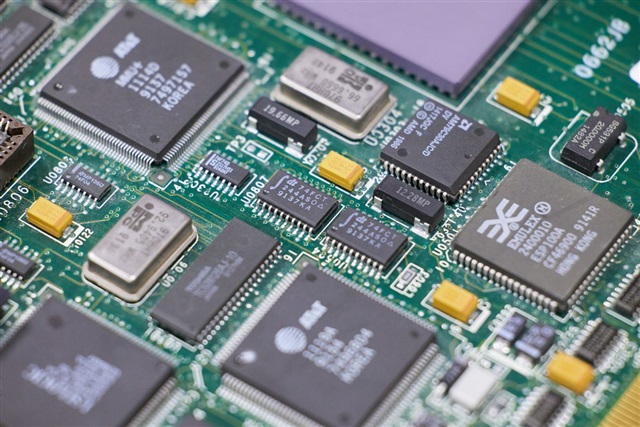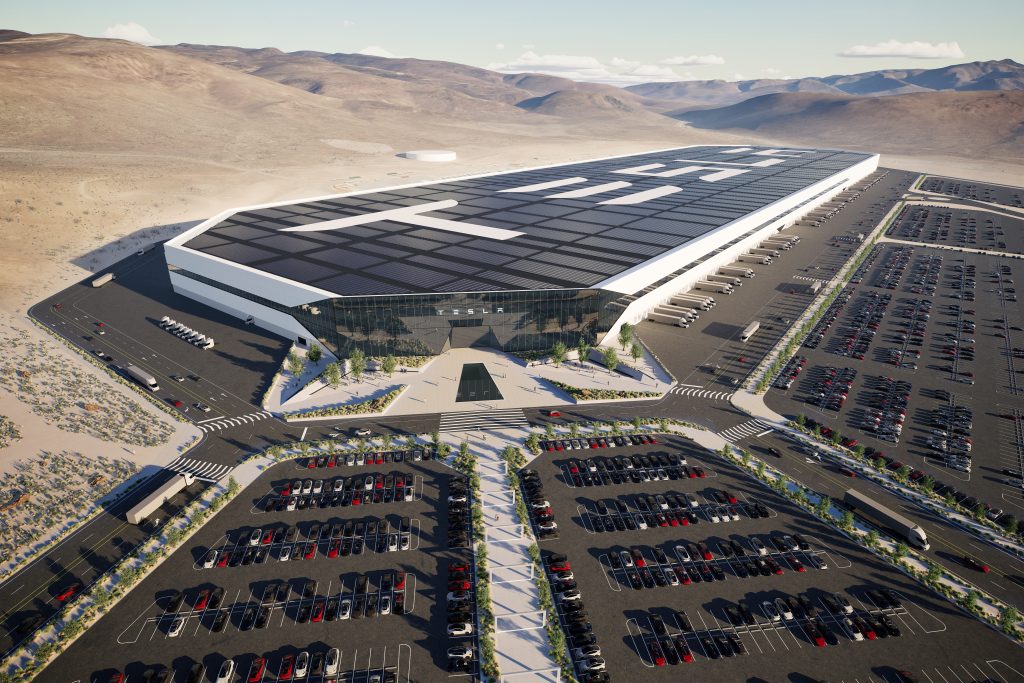
The IC design industry has seen demand in 2024 vary starkly across different applications: cloud AI-related demand continued to grow month by month, while the edge device sector was fraught with uncertainty throughout the year, going through a series of up and downs in a manifestation of the pessimistic outlook for the sector held by many in the supply chain.
One thing is certain: regardless of product or application, AI functionality did not determine success; rather, the general economy was the only deciding factor. Even for applications closely tied to AI, suppliers have noted that growth has been extremely limited if these applications were not part of the most lucrative cloud AI supply chain.
At the end of the day, market performance in 2024 fell in line with what many had predicted at the beginning of the year: for products and applications less connected to AI, momentum remained roughly on par as in 2023. At best, most IC design firms saw only marginally better performance this year than the historic low point in 2023, as a sluggish recovery in the consumer market led to clients treading carefully amid a cautious market outlook.
Smartphones only highlight in lukewarm consumer electronics market
Inventory replenishment in terms of most consumer electronics products fluctuated throughout the year. In particular, IoT products saw only limited restocking momentum at roughly the same level compared to 2023, due to their low-volume but highly diverse nature. Meanwhile, major international sports events drove demand for TVs in the first half of the year, but inventory replenishment quickly cooled down afterward, although home appliance replacement subsidies in China did help prop up shipment volumes for related applications.
In general, although the TV sector maintained a basic level of demand in 2024, whether this momentum can be sustained into 2025 is a cause for concern, given the lack of major international sporting events next year.
The PC segment was one of the most disappointing of the year: after a surge in inventory restocking during the second quarter, demand fell flat even in the traditional peak season in the latter half of the year. AI functionality has evidently not helped drive additional sales, nor have specification upgrades. Any recovery in this segment will have to wait for the expected replacement cycle surge in 2025.
By contrast, the smartphone segment saw an uptick later in the year. Early on, most supply chain companies and brands maintained a cautious outlook for demand throughout the year, yet demand recovery in the second half of 2024 turned out to be better than expected, leading to peak season performance among chip makers exceeding earlier forecasts, as well as a rosier outlook going into 2025.
Disappointment in automotive, industrial control; optimism in networking
Outside of consumer electronics, the automotive and industrial control sectors continued to experience low restocking momentum, aside from a handful of niche or new products for which chip inventory levels ran low. After a disappointing year, major international firms and Taiwanese IC design companies alike are treading cautiously in terms of prospects in these two sectors in 2025.
By contrast, demand in the network communications segment rebounded in the second half of 2024, with upgraded specifications driving inventory replenishment for chips across the board. With a more clear-cut recovery in sight, IC design firms are generally optimistic about the outlook for the network communications segment in 2025.
Stay up to date with the latest in industry offers by subscribing us. Our newsletter is your key to receiving expert tips.

Samsung scores another major foundry victory, expanding its roster of high-profile clients on advanced nodes. After Tesla selected the company in July to produce its AI6 processor under a $16.5 billio

Texas Instruments, a leading analog IC maker, has released its Q3 2025 results, with its cautious Q4 outlook sparking concerns over the broader semiconductor market. According to Reuters, the company

Global semiconductor sales reached $64.9 billion in August 2025, marking a remarkable 21.7% increase compared to the same period the previous year. This performance underscores the strength of a secto